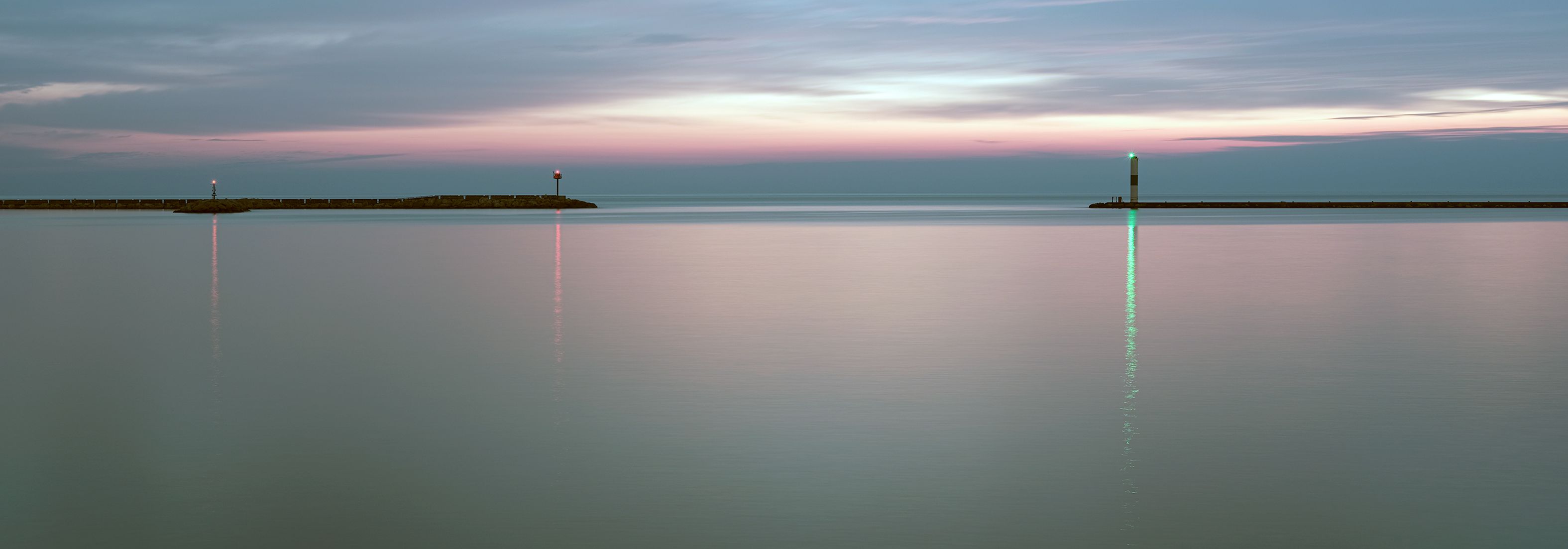“Has that been Photoshopped?” This question is asked all too frequently at exhibits or art shows. There are even photographers while showing their work will state in an artist statement that the work has not been Photoshopped. Does that mean all of the other photographers’ work should be devalued?
What you don’t hear about photographic prints made before the digital age is, “Has that been manipulated in the darkroom?” Instead, Ansel Adams, (one who was very ‘manipulating’) in the darkroom was quoted as saying: “The negative is comparable to the composer’s score and the print to its performance. Each performance differs in subtle ways.”
For me the camera work is the negative making. It involves the technical and compositional making of the underlying image. The actual film negative, darkroom work, and chemical print making are quite identical to the digital negative, post-processing, and giclee printmaking. The main difference is in what materials and equipment are used. And perhaps, the personal preference of the type of hands-on work required.

For me the whole process can be known as the capturing of an image, a moment that the photographer desires to share with others. It is a process that is much more than the technical ‘shoot’ or the compositional approach. The capture involves everything from the approach to a subject to how a print or other media venues is presented. The artist’s prerogative is activated throughout.
Whether or not we know of every ‘artist way’ employed by the masters such as Reubens, Adams, VerMeer, Weston, or van Gogh, does not limit the pure enjoyed or perceived meaning of their work. We simply view the presentation at its exquisite face value. We don’t ask how many layers of failings, did they use camera obscura, or how long did they take or what did they do in the darkroom.
To post-process with software like Photoshop does not entail only the click of a button or two. One photographer I know of takes more than forty hours plus of post-processing to fully express what the language and meaning of a particular moment or the essence of a subject.
I use the term capture instead of the word ‘shoot’. To use the word shoot, especially when the subjects are people or animals, I find it difficult. Also, that word refers only to camerawork. Whereas the term capture brings with it not only the camerawork, but any pre-visioning or way of approaching the subject, post-processing, printing, and presentation. It is my hope that regardless of how an image is made with care and skill, it can be viewed through the story, meaning, or description of a valued moment in time.